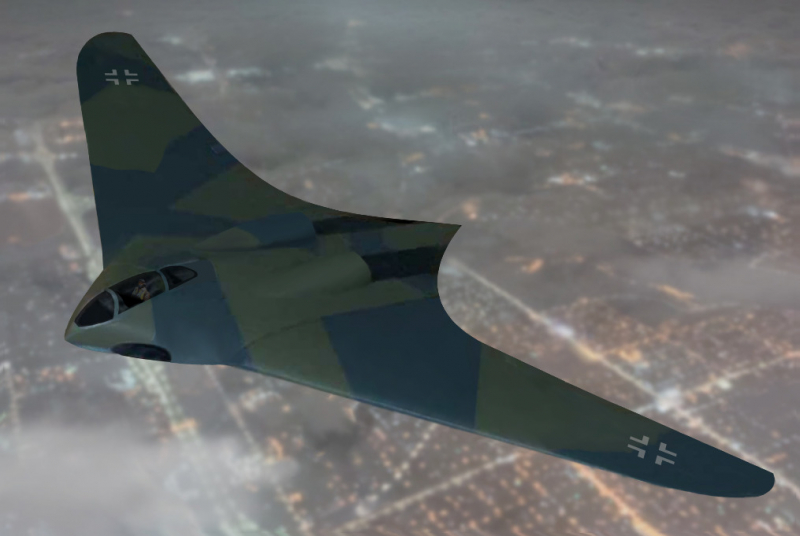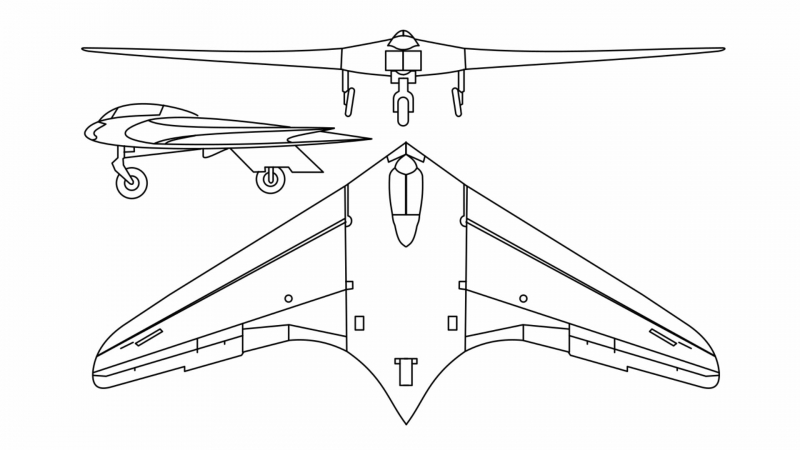The Horten Ho 229: A Wunderwaffe Far Ahead of Its Time
The project was created in response to Hermann Goering's request for a light bomber capable of carrying 1,000 kilograms for 1,000 kilometers at a speed of 100 kilometers per hour. As a result, the flying wing design accomplished more than its designers anticipated.
This machine, like many other German Wunderwaffe, never made it past the prototype stage. Only three aircraft were built, and none were ever used after testing.
After the war, tests on mock-up versions of the Ho 229 revealed that the aircraft did, in fact, have a smaller radar cross-section than other conventional aircraft at the time, though the difference was not significant. Although tests revealed only a moderate improvement in radar cross-section size, being 80% of a modern prop-driven aircraft, the Horten's speed, combined with this reduction, would have made intercept nearly impossible.
Reimar Horten asserted that he had plans to cover the plane in radar-absorbing dust, but this was decades after the war, at a time when media coverage of stealth technology was just beginning. His claims continue to be disputed by historians. The aircraft did, however, absorb radar waves, which served as the foundation for America's own stealth program.
The third prototype's central chassis with engines and cockpit, which is kept at the Smithsonian National Air and Space Museum in Washington, DC, is the only piece that has survived.










